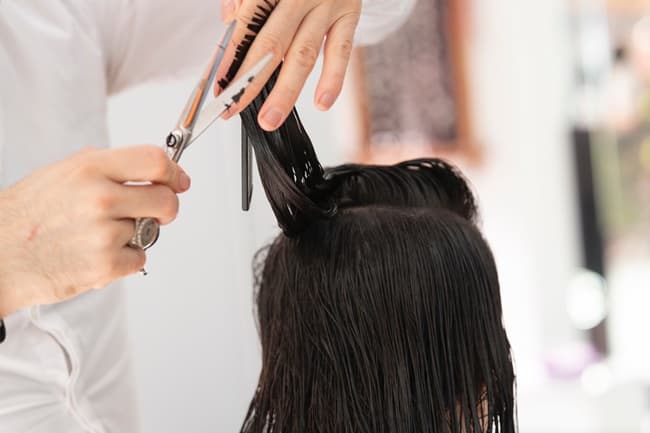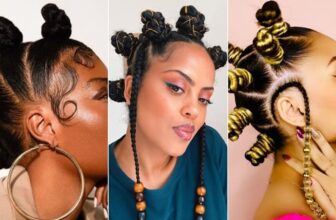Transform Your Look: Learn How to Cut Hair with Confidence
Do you want to learn how to cut hair? Are you tired of paying for haircuts and want to save some money? Or maybe you just want to learn a new skill that can help you transform your look and the looks of others. Whatever your reason may be, learning how to cut hair is a valuable skill that can benefit both yourself and those around you.
Ahead, this guide will walk you through the basics of cutting hair, from the tools you need to the techniques you should master.
Why Cut Your Own Hair?
As mentioned before, learning how to cut hair can save you money. With the rising costs of haircuts, being able to do it yourself can be a great way to save some cash. Plus, you have the freedom to experiment with different styles and techniques without worrying about the cost.
But aside from financial benefits, cutting your hair also allows you to have more control over your appearance. You know exactly what you want and can achieve it without relying on someone else’s interpretation. And let’s be honest, there’s a sense of satisfaction that comes with successfully cutting your hair.
 Photo: Engin Akyurt/Pexels
Photo: Engin Akyurt/Pexels Essential Hair Cutting Tools
Before we dive into the techniques, let’s go over the essential tools you will need to have before attempting a DIY haircut. The most important tool is, of course, hair-cutting scissors.
When it comes to picking out hair-cutting scissors, there are a few things you should keep in mind. First and foremost, make sure they are sharp. Dull scissors can cause uneven cuts and can damage your hair. Look for professional-grade scissors made specifically for cutting hair.
Next, consider the size and weight of the scissors. Scissors that are too big or heavy may cause strain on your hands and wrists, making it difficult to achieve precise cuts. And lastly, invest in a good pair of thinning shears if you want to add texture or thin out your hair.
Other important tools include a comb, clips to section off hair, and a spray bottle filled with water for dampening the hair. You may also want to invest in a handheld mirror and a cape or towel to drape around your shoulders to catch any loose hair.
Basic Hair Cutting Techniques
Now that you have the necessary tools, let’s go over some basic hair-cutting techniques. These techniques are applicable for both men and women, but you may need to adjust them based on the length and texture of your hair.
1. Trimming Split Ends
Trimming split ends is a simple yet essential technique to keep your hair healthy and prevent further damage. Section off small parts of your hair and twist them tightly. Any split ends will stick out, and you can use your hair-cutting scissors to snip them off.
 Photo: RDNE Stock Project/Pexel
Photo: RDNE Stock Project/Pexel 2. Blunt Cut
A blunt cut is recommended for those with straight or slightly wavy hair as it creates a clean, sharp edge. To achieve this, divide your hair into sections and comb it straight down. Hold the section between your fingers and trim the ends straight across using your scissors.
3. Layering
Layering adds dimension and texture to your hair and works well for those with thick or curly hair. Start by parting your hair horizontally, then use a comb to section off smaller parts vertically. Hold each section between your fingers and cut at an angle, starting from the back and working towards the front.
4. Thinning
Thinning is useful for those with thick hair or those who want to add texture to their hair. Use thinning shears and hold them at an angle, then gently snip through sections of your hair, focusing on the areas that need thinning.
Now that you have a basic understanding of hair-cutting techniques, the key to mastering them is practice and patience. Remember to start with small snips and work your way up if necessary. With time and experience, you will gain confidence in your ability to cut hair like a pro. So go ahead, grab your tools, and achieve that new look you’ve always wanted!
Photo: Kampus Production/Pexels






